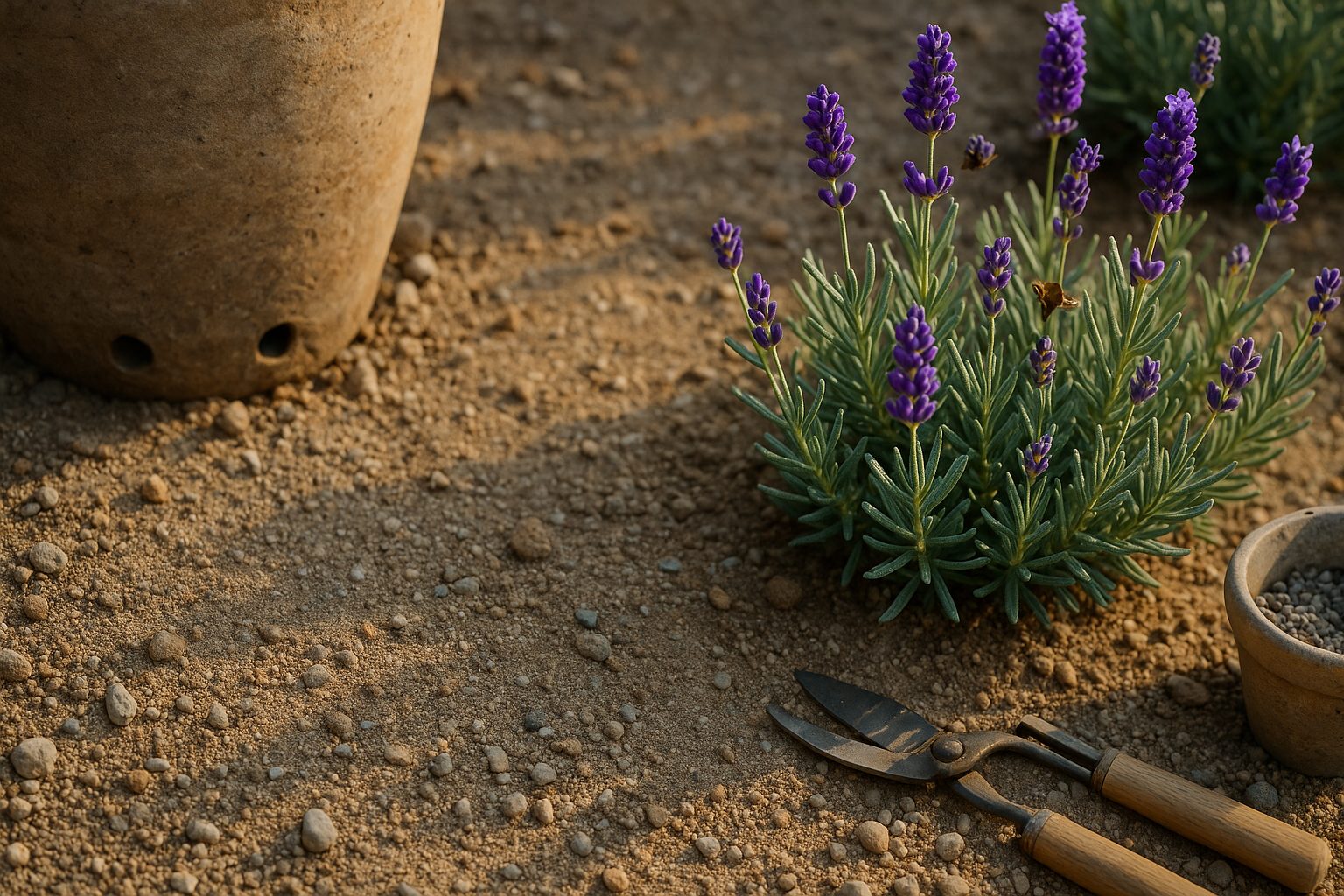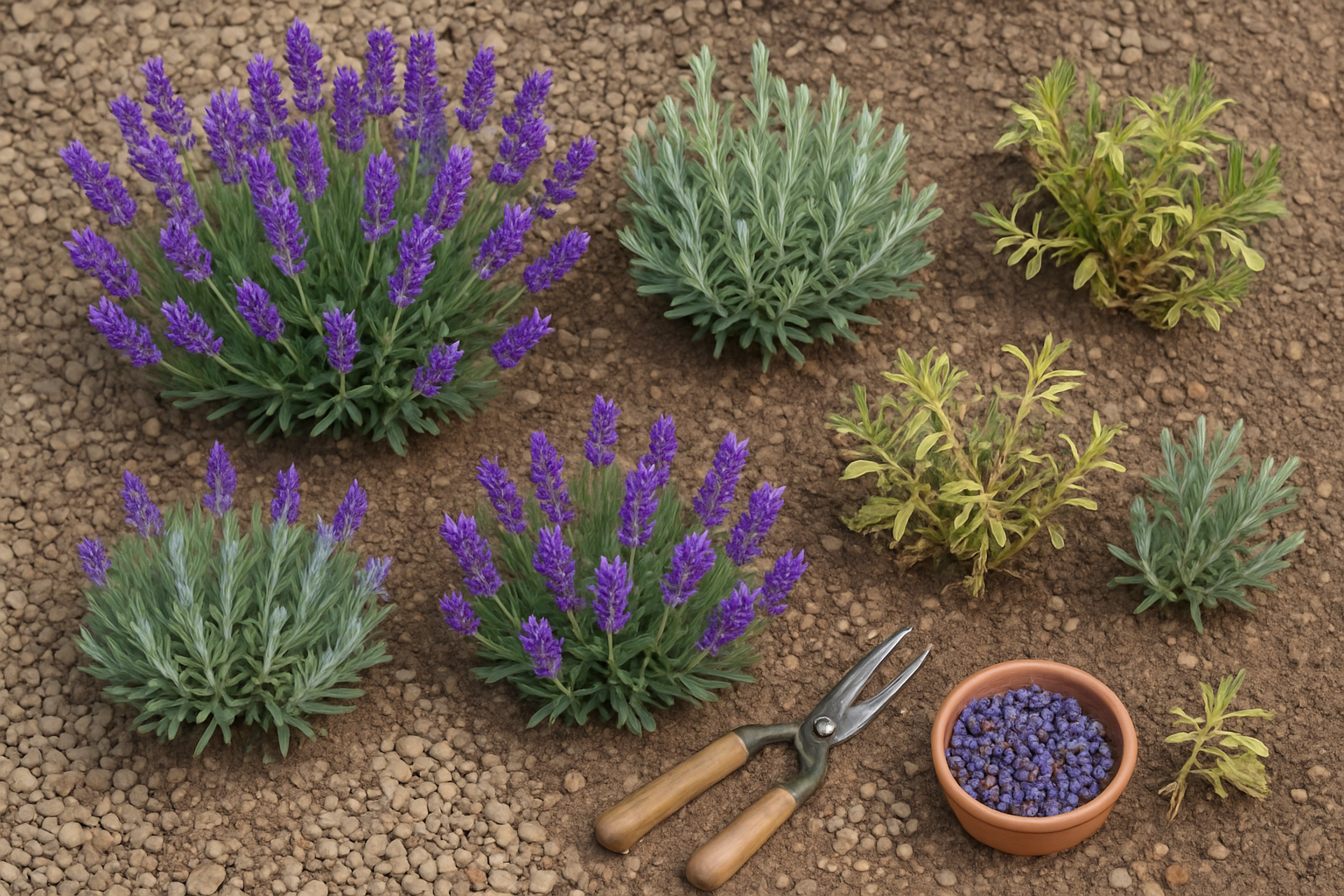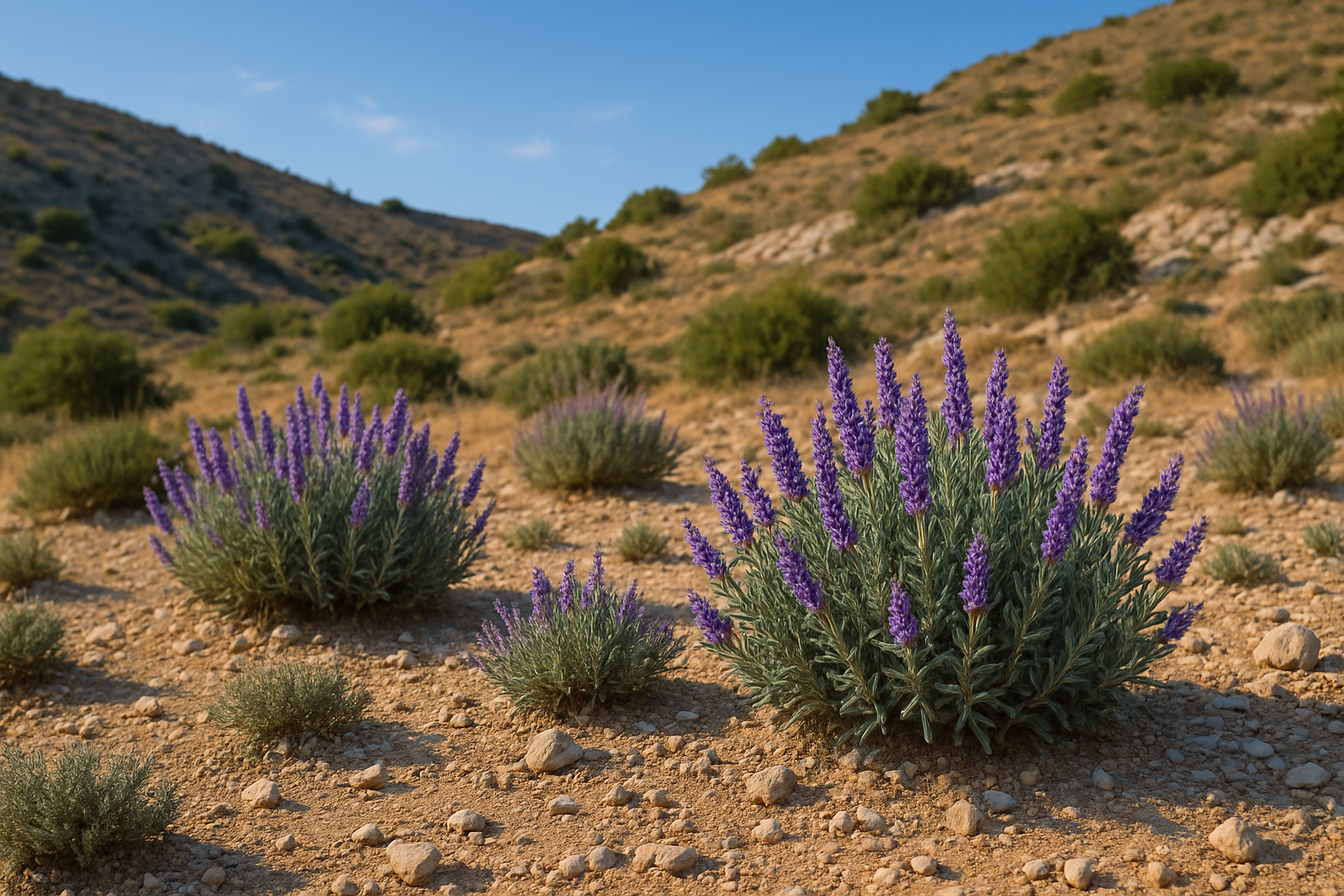Understanding Lavender’s Water Needs

Lavender naturally thrives in the Mediterranean region, known for its sunny days, rocky hillsides, and minimal rainfall. This heritage means lavender is hardwired to prefer drier conditions and actually needs less water than many other garden plants. Overwatering is the quickest way to cause problems—its roots are highly susceptible to rot if left in soggy soil for too long.
To keep your lavender happy, well-draining soil is essential; consider mixing in sand or small gravel if your soil holds onto moisture or has a lot of clay. Different types of lavender, such as English, French, and Spanish varieties, have slightly different needs:
- English lavender tends to be a bit more cold- and moisture-tolerant than the others.
- French and Spanish types prefer even less water, especially during chilly, damp weather.
Regardless of type, none of them will thrive in persistently wet soil, so it’s important to let the top inch of soil dry out between waterings. If you’re growing lavender in pots, make sure containers have good drainage holes, and avoid saucers that collect excess water. Watching for wilted or yellowing leaves can be a good indicator that you’re watering too much.
Ultimately, when it comes to lavender, less is more—watering deeply but infrequently encourages deep, healthy roots and mimics its native habitat. By respecting lavender’s love of dry feet, you’ll enjoy hardy, fragrant plants year after year.
Watering Newly Planted Lavender
Consistent, deep watering is essential for newly planted lavender during its crucial early weeks. This helps the roots settle in and minimizes transplant shock. Unlike mature lavender, which thrives in dry conditions, young plants need extra support as they adapt to new soil.
In the first two to three weeks, check the soil moisture daily by sticking your finger about two inches into the soil. If it feels dry at that depth, it’s time to water. As a rule of thumb, give your lavender a thorough soaking immediately after planting, then water every two to three days. Reduce the frequency if the weather is cool or if it rains.
Be careful not to overwater—lavender is susceptible to root rot—so always ensure the soil has good drainage and never let the roots sit in waterlogged conditions. Mulching with a light layer of gravel can also help retain just enough moisture without suffocating the roots.
Watch for wilted, droopy leaves, a sign your plant may be underwatered, or yellowing foliage, which can indicate excessive moisture.
To minimize transplant shock, plant lavender early in the morning or late afternoon to avoid stressing it during peak sun, and avoid using fertilizer right away, as young roots are sensitive.
Within a month, as you notice steady new growth, you can gradually scale back watering to weekly or less, helping your lavender acclimate to its low-maintenance, drought-tolerant nature.
Watering Established Lavender Outdoors
Once your lavender plants are established in the garden, their watering needs drop dramatically, making them an easy-going choice for busy gardeners. Lavender is drought-tolerant and prefers soil that dries out between waterings, so you’ll rarely need to irrigate unless there’s an extended dry spell.
In hot, arid climates, check your lavender once a week in the summer—if the soil is dry one to two inches below the surface, give it a deep drink. In cooler, temperate regions with regular rainfall, supplemental watering is often unnecessary; natural rains usually meet the plant’s needs.
Watch for signs your lavender craves water, such as drooping stems or faded, wilting leaves—these mean it’s time to water. On the flip side, yellowing leaves, mushy stems, or a general look of sogginess point to overwatering, a common issue that can lead to root rot. As a rule of thumb, err on the side of underwatering; it’s easier for lavender to recover from dryness than from soggy roots.
During particularly dry summers, a thorough soak every two to three weeks may suffice, while in areas with frequent rain, you may only need to water during droughts. Remember to always water at the base and avoid wetting the foliage to help prevent disease.
With a little observation and minimal effort, established lavender thrives with just the right amount of moisture matched to your local climate.
Watering Lavender in Pots or Containers
Lavender grown in pots or containers needs a bit more attention when it comes to watering compared to those planted in the ground. That’s because container soil tends to dry out faster, especially during warm or windy weather, making frequent checks and consistent watering essential.
To keep your potted lavender happy, choose a container with plenty of drainage holes and use a light, gritty soil mix—try blending standard potting soil with sand or fine gravel to boost drainage and prevent soggy roots.
Water your lavender when the top inch of soil feels dry to the touch. For most conditions, this means watering about once or twice a week, but always adjust for heat and humidity. A simple moisture meter can take the guesswork out of the process, or you can just use your finger to check the soil depth.
Remember, lavender prefers to stay on the dry side, so it’s better to underwater than overwater. Be sure excess water drains out—never let the pot sit in a saucer of runoff. If you notice yellowing leaves or a lingering musty smell, your plant may be too wet, so let it dry out before the next watering.
Regular monitoring and proper setup not only prevent root rot but also help your lavender thrive and bloom beautifully in its container home.
Seasonal Adjustments
As the seasons change, so do the watering needs of your plants—especially for those in containers or delicate specimens. During summer, longer daylight hours and higher temperatures mean your plants will drink water much faster. It’s essential to check soil moisture daily and water whenever the top inch feels dry; this might mean watering every other day or even daily during heatwaves.
Conversely, in winter, growth slows dramatically, and excess moisture becomes the enemy rather than drought. Overwatering during cold or wet months can quickly lead to root rot, especially if water pools around the roots. To keep plants healthy, reduce watering frequency and only water when the soil feels dry at least an inch below the surface.
For overwintering, move containers to sheltered spots like a porch or near the house, where they’re protected from driving rain and bitter winds. Elevate pots by placing them on bricks or pot feet to promote drainage, and consider adding materials like gravel or perlite to your potting mix to improve soil aeration.
If you’re growing in beds, ensure water drains away from roots by amending the topsoil with sharp sand or compost. Remember, winter survival often comes down to keeping roots as dry as possible, allowing your plants to rest safely until the warmth returns.
Recognizing Water Stress and Common Problems

Lavender plants are surprisingly tough, but they’ll signal when something’s off—if you know what to look for. Underwatering usually shows up as wilting, dry, crispy leaves, and faded, less fragrant blooms; the entire plant can look droopy or stunted.
On the other hand, overwatering is a common culprit for limp, yellowing leaves, mushy stems, and in severe cases, a foul smell from root rot.
If your lavender is stressed, start by adjusting your watering: let the soil dry out between waterings, and always check that your pot or bed drains well.
For underwatered plants, give a deep watering, but be careful not to drown them. For overwatered lavender, improve drainage, trim off damaged roots and leaves, and let the plant dry out before watering again.
Preventing Future Problems
To keep your lavender healthy:
- Plant it in loose, well-draining soil (amend with sand or gravel if needed).
- Avoid regular misting.
- Choose containers with drainage holes.
- Mulch with small pebbles—not heavy mulches—to keep stems dry.
Remember, lavender prefers less water over more—think drought, not swamp. A simple check: stick your finger about two inches into the soil; if it’s dry, it’s time to water.
By staying watchful and responding quickly to signs of stress, your lavender can bounce back and thrive for seasons to come.
